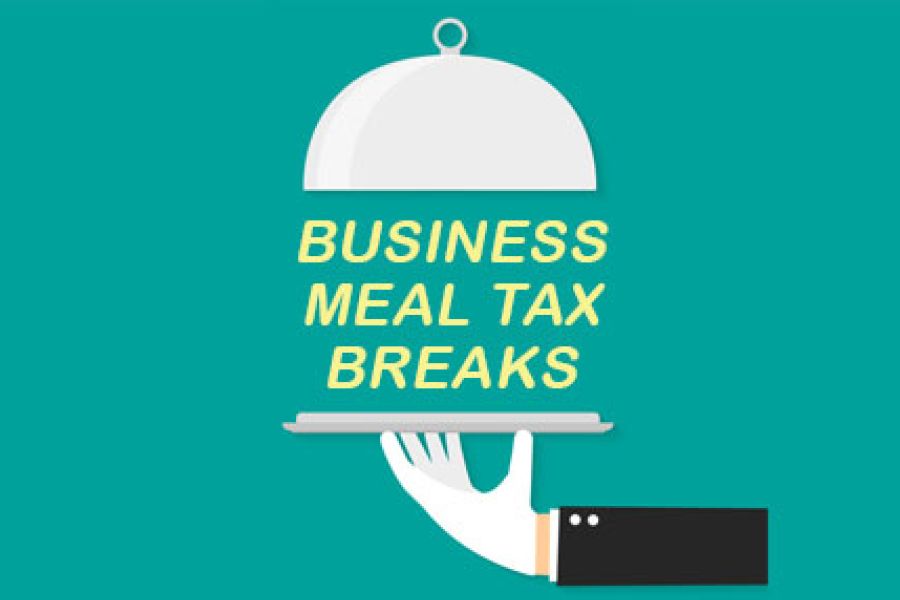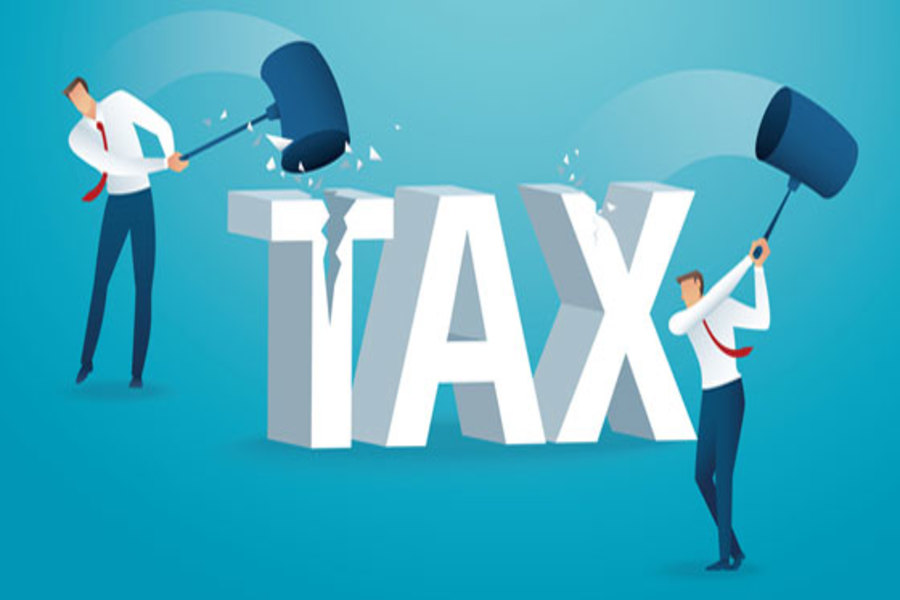Restaurants and entertainment venues have been hard hit by the novel coronavirus (COVID-19) pandemic. One of the tax breaks that President Trump has proposed to help them is an increase in the amount that can be deducted for business meals and entertainment. It’s unclear whether Congress would go along with enhanced business meal and entertainment deductions. But in the meantime, let’s review the current rules. Before the pandemic hit, many businesses spent money “wining and dining” current or potential customers, vendors and employees. The rules for deducting these expenses changed under the Tax Cuts and Jobs Act (TCJA), but you can still claim some valuable write-offs. And keep in mind that deductions are available for business meal takeout and delivery. One of the biggest changes is that you...

The extended federal income tax deadline is coming up fast. As you know, the IRS postponed until July 15 the payment and filing deadlines that otherwise would have fallen on or after April 1, 2020, and before July 15. Here's some ways to chip away at your 2019 business tax bill. Retroactive COVID-19 business relief The Coronavirus Aid, Relief and Economic Security (CARES) Act, which passed earlier in 2020, includes some retroactive tax relief for business taxpayers. The following four provisions may affect a still-unfiled tax return — or you may be able to take advantage of them on an amended return if you already filed. Liberalized net operating losses (NOLs). The CARES Act allows a five-year carryback for a business NOL that arises in a tax year...
Before the novel coronavirus (COVID-19) pandemic struck, employees who suspected occupational fraud in their organizations had multiple options for notifying their employers. For example, they could use interoffice mail to send information anonymously or meet with HR personnel in person. In today's work from home environment, do you give employees a voice to report fraud? Reporting options for employees working from home are more limited — particularly if they wish to remain anonymous. The current working environment only highlights the necessity for a fraud hotline or online portal that workers can access anywhere, anytime. If your business doesn’t already offer a confidential reporting mechanism, start thinking about how you can establish one. Limiting damage One of the best ways to give employees a voice to report fraud and...
As a result of the coronavirus (COVID-19) crisis, your business may be using independent contractors to keep costs low. That said, are your independent contractors properly classified for federal tax purposes? If the IRS reclassifies them as employees, it can be an expensive mistake. The question of whether a worker is an independent contractor or an employee for federal income and employment tax purposes is a complex one. If a worker is an employee, your company must withhold federal income and payroll taxes, pay the employer’s share of FICA taxes on the wages, plus FUTA tax. Often, a business must also provide the worker with the fringe benefits that it makes available to other employees. And there may be state tax obligations as well. These obligations don’t...
Many businesses were unprepared when the novel coronavirus (COVID-19) pandemic required them to close their physical offices and shift to remote operations. Your company, for example, may have had to scramble to set up a virtual private network (VPN) or move files to the cloud. And while adapting to working from home, employees may have let your usual security procedures slide. From a cybercrime perspective, working from home generally isn’t as safe as working in the office. So you need to look for ways for protecting remote workers from cyberattacks, and prevent criminals from gaining access to your digital assets. Here are five ideas: Invest in education. Require remote employees to participate in security-related training that covers “old-school” phishing scams as well as new COVID-19 variations. As...
The law providing relief due to the coronavirus (COVID-19) pandemic contains a beneficial change in the tax rules for many improvements to interior parts of nonresidential buildings. This is referred to as qualified improvement property (QIP). You may recall that under the Tax Cuts and Jobs Act (TCJA), any QIP placed in service after December 31, 2017 wasn’t considered to be eligible for 100% bonus depreciation. Therefore, the cost of QIP had to be deducted over a 39-year period rather than entirely in the year the QIP was placed in service. This was due to an inadvertent drafting mistake made by Congress. But the error is now fixed. The Coronavirus Aid, Relief, and Economic Security (CARES) Act was signed into law on March 27, 2020...
If you made large gifts to your children, grandchildren or other heirs last year, it’s important to determine whether you’re required to file a 2019 gift tax return. And in some cases, even if it’s not required to file one, it may be beneficial to do so anyway. Who must file? Generally, you must file a gift tax return for 2019 if, during the tax year, you made gifts: That exceeded the $15,000-per-recipient gift tax annual exclusion (other than to your U.S. citizen spouse), That you wish to split with your spouse to take advantage of your combined $30,000 annual exclusion, That exceeded the $155,000 annual exclusion for gifts to a non-citizen spouse, To a Section 529 college savings plan and wish to accelerate up to five...
If you’re the owner of an incorporated business, you probably know that there’s a tax advantage to taking money out of a C corporation as compensation rather than as dividends. The reason is simple. A corporation can deduct the salaries and bonuses that it pays executives, but not its dividend payments. Therefore, if funds are withdrawn as dividends, they’re taxed twice, once to the corporation and once to the recipient. Money paid out as compensation is taxed only once, to the employee who receives it. However, there’s a limit on how much money you can take out of the corporation this way. Under tax law, compensation can be deducted only to the extent that it’s reasonable. Any unreasonable portion isn’t deductible and, if paid to a...
If you’re a business owner, be aware that a recent tax law extended a credit for hiring individuals from one or more targeted groups. Employers can qualify for a valuable tax credit known as the Work Opportunity Tax Credit (WOTC). The WOTC was set to expire on December 31, 2019. But a new law passed late last year sees WOTC extended through 2020. Generally, an employer is eligible for the credit for qualified wages paid to qualified members of these targeted groups: members of families receiving assistance under the Temporary Assistance for Needy Families program, veterans, ex-felons, designated community residents, vocational rehabilitation referrals, summer youth employees, members of families in the Supplemental Nutritional Assistance Program, qualified Supplemental Security Income recipients, long-term family assistance recipients, and long-term unemployed...
Several major companies have already filed for bankruptcy during the novel coronavirus (COVID-19) crisis and many more large and small businesses are expected to follow suit. Don't get shortchanged by a liquidating business. If you’re a creditor of a company that’s liquidating, it may be challenging to get back what you’re owed. That’s where a solvency opinion can help. An expert determines whether the company could meet its long-term interest and repayment obligations when it made — or didn’t make — payments to creditors. Examining the subject Solvency experts consider many issues when examining a business. But ultimately, the outcome of three tests enable an expert to determine solvency: Balance sheet. At the time of the transaction at issue, did the subject’s asset value exceed its...











